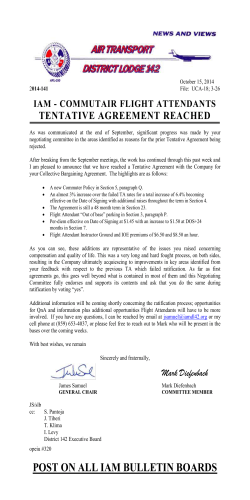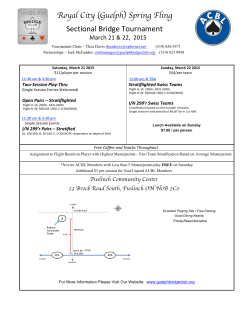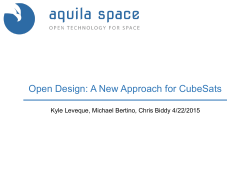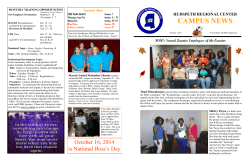
WHY TA AKE FLIG
WHY TA AKE FLIG GHT? What iss Take Fligh ht? Take Flight is a comprehensive, ungrad ded, sequeential curriiculum using multisensory teacching techn niques for basic instrruction in rreading, writing, and spellingg. Task analysis has been used tto organizee and sequ uence: The pho onic regularrities for re eading The rule es for syllab ble division n Spelling and otherr basic lingu uistic conccepts Who is Take Fligh ht Designed d For? It is dessigned speccifically forr children lacking a taalent for laanguage, th he twenty percentt who may be unable e to undersstand and rememberr two‐dimeensional symbolss, letters, o or words easily. Thesse childrenn are said tto have a ““language learningg differencce” which rrequires sp pecial methhods and m materials. H However, Take Flight has alsso proven successful for childreen needingg basic insttruction and/or as languagge enrichm ment. How wa as Take Flight Develo oped? Take Flight is base ed on the p pioneeringg research o of Dr. Sam muel T. Orto on, neuropssychiatrist,, and the e educationaal and psycchological iinsights of Anna Gillingham. The O Orton‐Gillin ngham tech hniques for teaching children laacking a taalent for langguage becaame the baasis of a pilot from 19965 to 19775 at the Laanguage Laborattory at Texas Scottish h Rite Hosp pital in Dallas, Texas.. An interdisciplinary team worked to in ncorporate e multisenssory teachhing techniques, current findinggs in learningg theories, and discovery teach hing into thhe Take Fligght curricu ulum. TAKE FLIGHT A COMPREHENSIVE INTERVENTION FOR STUDENTS WITH DYSLEXIA Built on the success of 3 previous interventions: Alphabetic Phonics Dyslexia Training Program TSRH Literacy Program Designed for: children with dyslexia, 7 years and older Small groups (4‐6 students) 4 days a week, 60 minutes per day 5 days a week, 45 minutes per day Contains the 5 components of effective reading instruction: Phonemic awareness Phonics skills Vocabulary Fluency Reading Comprehension Designed to enable students to: Achieve and maintain better o Word recognition o Reading fluency o Reading comprehension Aid in the transition from a therapy setting to “real world” learning Dual lesson cycle design: First 35 lessons are New Learning days Beginning at lesson 36, alternating lesson cycles o 2 New Learning days o 2 Fluency/Connected text days Program Totals: New Learning Lessons 132 Fluency/Connected Text Lessons 98 Total Hours of Direct Instruction 230 Collection of descriptive data from: TSRHC dyslexia lab Local public schools
© Copyright 2025





















